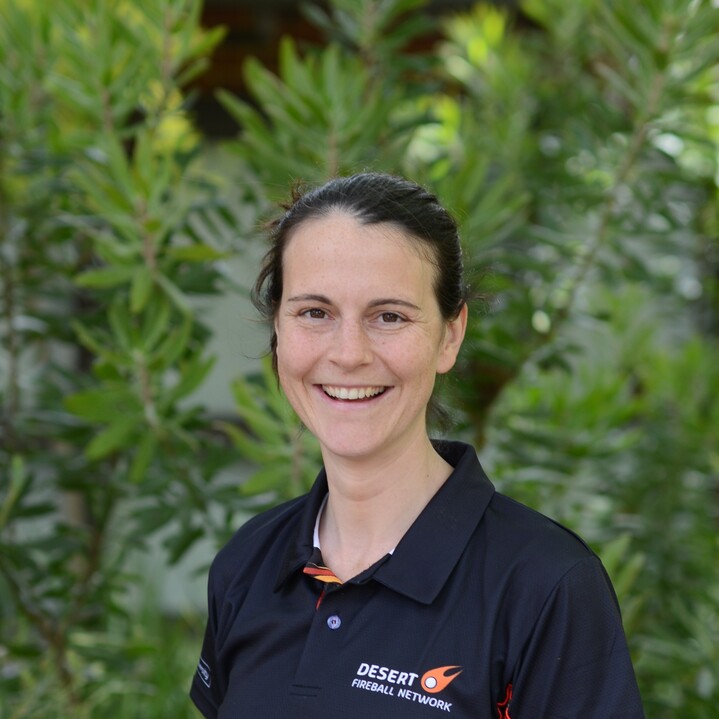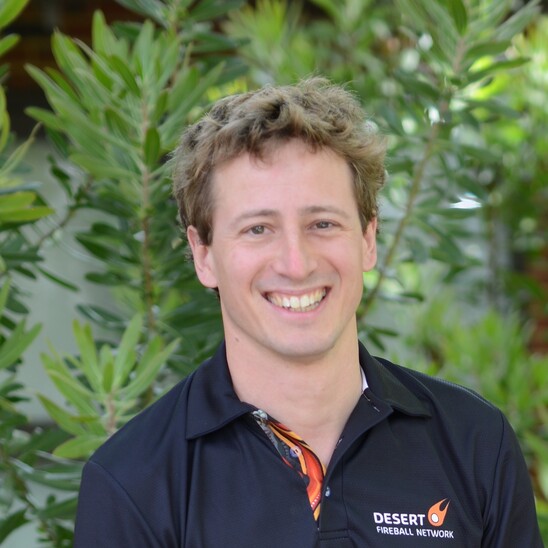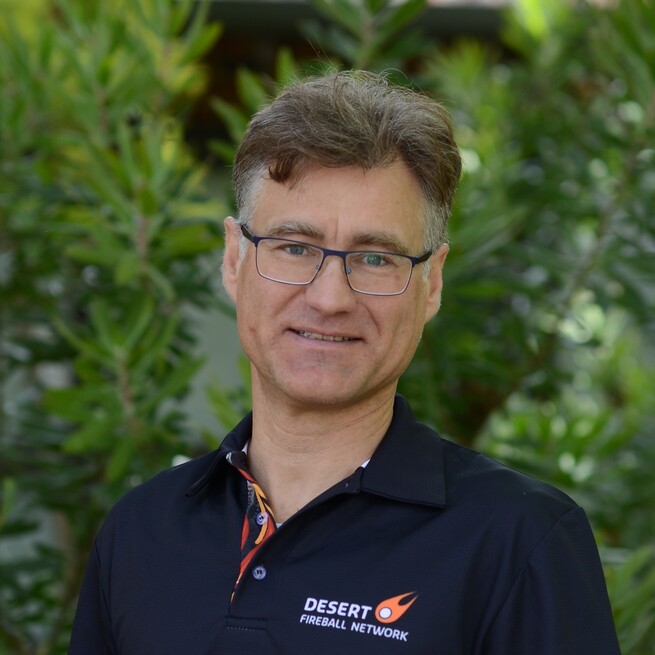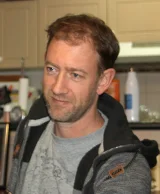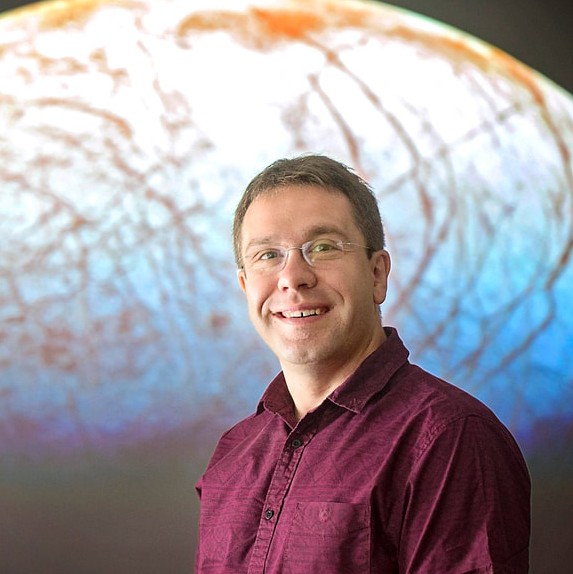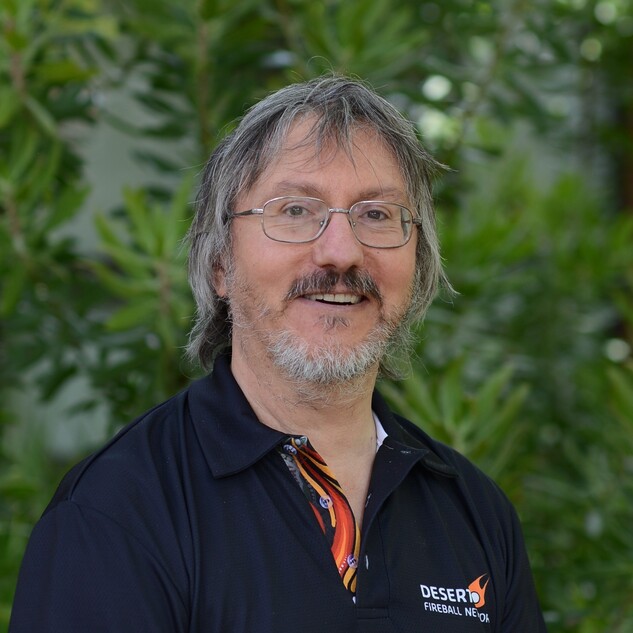Curtin University's Desert Fireball Network is part of the Global Fireball Observatory collaboration. It is supported by the Space Science and Technology Centre and the International Centre for Radio Astronomy Research.

About Us
The Desert Fireball Network is an inter-disciplinary research group looking to uncover the mysteries surrounding the formation of the solar system through the study of meteorites, fireballs and their pre-Earth orbits.
First established in 2005 as a trial of three remote operated film cameras to observe meteors falling towards Earth’s surface, the DFN at Curtin University is now a national distributed network of over 50 disruption-tolerant and fully autonomous digital observatories that continually monitor 3 million square km of the night sky – a third of Australian skies, all night, every night.
Using intelligent imaging systems, automated data reduction pipeline, real time server-side triangulation and supercomputer data management system, the DFN captures the paths of fireballs in the sky, triangulating trajectories from multiple viewpoints, linking the rock’s pre-Earth orbit to its landing site for recovery.
Together with partners across the world, the DFN has expanded to become a Global Fireball Observatory with stations internationally to observe these phenomena. Recovering meteorites with known orbits helps to address some of the biggest questions in planetary science: how our planetary system came into being, and how dust and gas produced a planet capable of supporting life – our Earth.
People
Core Team
Ellie Sansom
Curtin U.
Hadrien Devillepoix
Curtin U.
Ben Hartig
Curtin U.
Martin Cupák
Curtin U.
Meteorite Geochem
Rachel Kirby
Andy Tomkins
Nick Timms
Lucy Forman
Gretchen Benedix
PhD Students

Sophie Deam
Curtin U.
Dale Giancono
Curtin U.
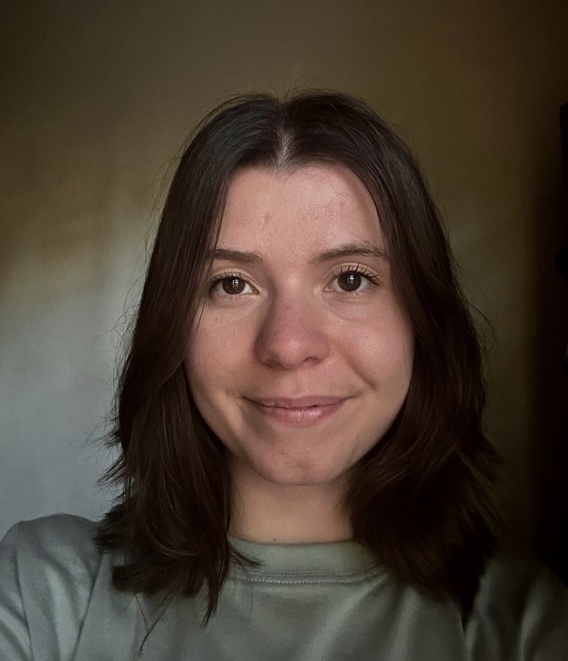
Iona Clemente
Curtin U.

Thomas Stevenson
Curtin U.

Bella Hatty
KBR - Curtin U.

Kosta Servis
Laboratoire d'Astrophysique de Marseille - Curtin U.

Michael Frazer
Curtin U.

Ashley Rogers
Curtin U.

Daniel Burgin
Curtin U.
Research Associates
Jonti Horner
U. Southern Queensland
Brad Tucker
Australian National University
Support
Martin Towner
Mia Walker
Former Team Members

Seamus Anderson

Trent Jansen-Sturgeon
Patrick Shober
Phil Bland
Luke Daly
Robert Howie
Daniel Busan
Links
- We blog on the GFO website.
- Meteoroids 2025 conference website.
- Looking for our team's involvement with the HAYABUSA-2 re-entry?
- Technical public wiki.
- Meteorite drone searching platform.
- Interested in looking for some meteorites? Check out out public meteorite falls predictions page

